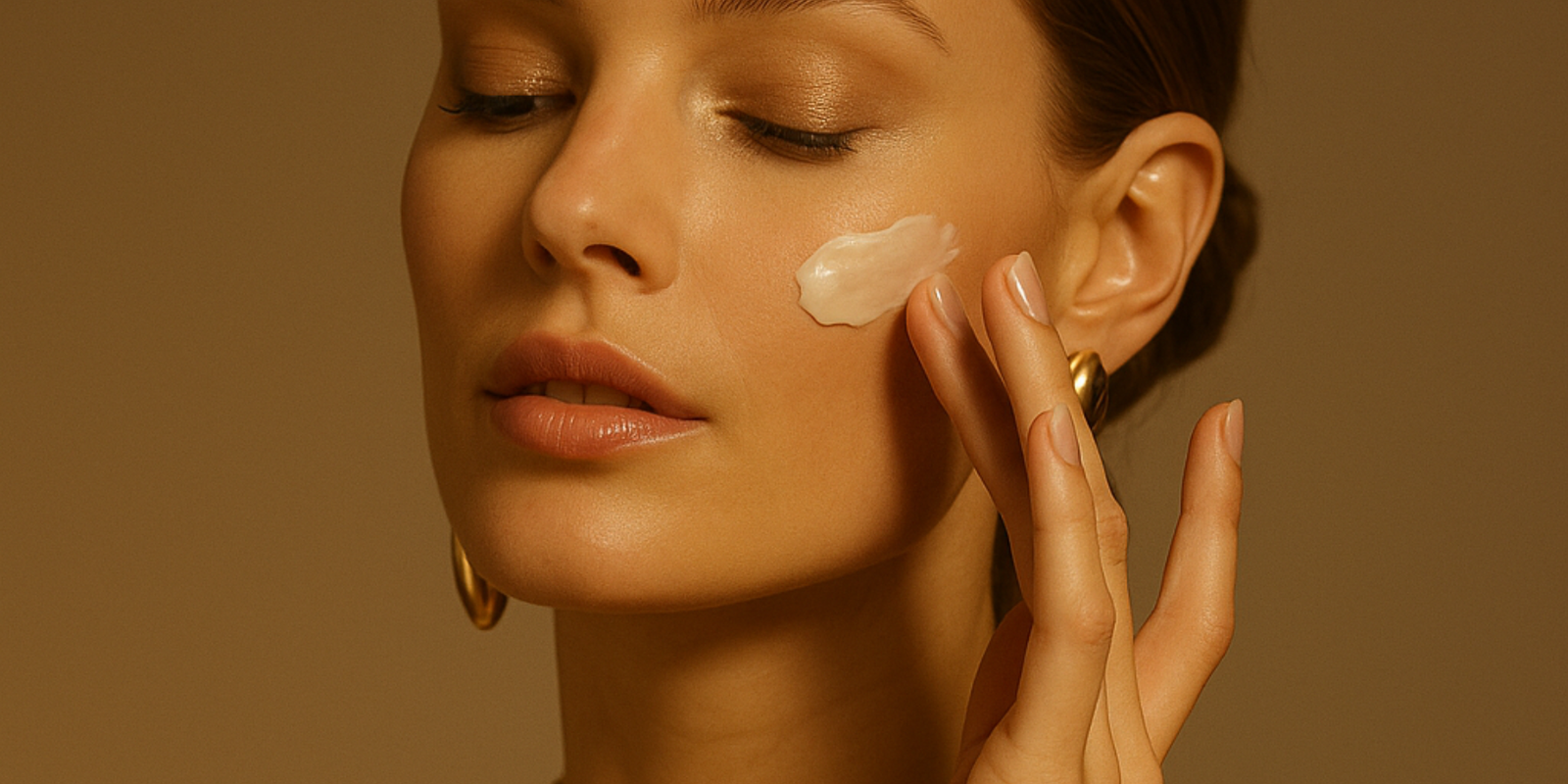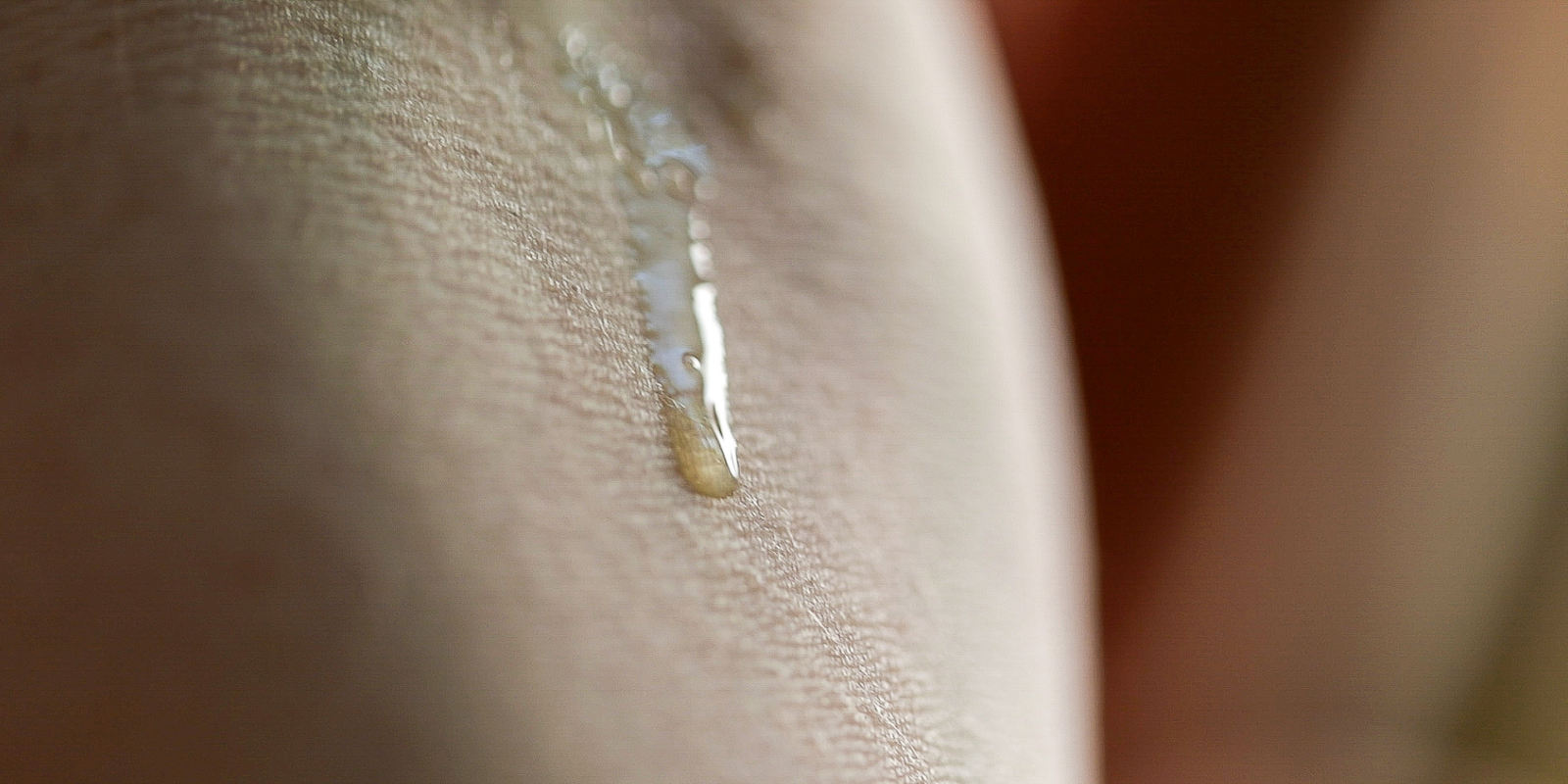EWG Verified & Leaping Bunny Certified | Free Gift $200+
EWG Verified & Leaping Bunny Certified | Free Gift $200+
Make Your Own Facial Masks

Learn how to make your own natural facial masks that moisturize, detoxify, and brighten your skin.
Make Your Own Facial Masks
Intro to mask making.
I’ve been an esthetician for 15 years and have seen firsthand the results of what treating your skin with all-natural ingredients can do. When you nourish your skin with clean and effective ingredients, your skin can function at its best, bringing out the natural health and vitality of your skin.
I recently taught a class at Los Angeles fitness/social club HEIMAT on how to make your own all-natural face masks, and here, I am sharing the information so that you can learn too.
In my facials, I exclusively use Flora Mirabilis products and simple, natural products I make myself. These facial mask recipes I am going to share with you are some of my favorites to get your skin glowing.
How often should you use these facial masks?
I recommend using these facial masks anywhere from one to three times per week. The Calming & Moisturizing, and Brightening masks can be used more frequently (up to three times per week), while the Detoxifying mask is best used once or twice a week.
How much does each facial mask recipe make?
Each recipe will make enough for two to three uses. This means each mask should last you approximately one week, depending on how frequently you use them.

A tip for using these facial masks.
When using any facial mask, the key to it working best is to ensure the mask never dries out on your skin; as soon as it does, your skin can no longer absorb the beneficial compounds. In addition, masks can be difficult to remove after they have dried out, and your skin can become damaged or irritated from scrubbing them off.
My favorite trick for facial masks is to apply a dampened compressed cotton sheet mask over top. This keeps the mask from drying out on your skin and makes removal a breeze. To use them, you drop one into a small bowl of water, wait for it to expand, squeeze out the excess water (you want it damp, not dripping wet) and apply it over your mask.
How do you store these facial masks?
I always recommend using glass to store natural ingredients. I love these straight-sided glass jars, but you can use anything you would like, such as a small mason jar or up-cycled container. Since these recipes are made with 100% natural ingredients and no preservatives, they should be stored in the refrigerator to keep them fresh and effective.
What is the shelf life of these facial masks?
They generally will last up to two weeks before they start to spoil. Scent is a big indicator of whether or not a mask has gone bad- if something smells off, it’s best to toss it. Again, always make sure to store them in the refrigerator!
The recipes...

Calming & Moisturizing Mask
This mask is perfect for adding moisture to dry or dehydrated skin and calming inflammation from rashes, sunburned, or chapped skin. It is best for all skin types, but especially for dry, dehydrated, or sensitive skin.
INGREDIENTS
Oat Flour
Oats contain several compounds that soothe the skin, including beta-glucans, lipids, and vitamin E. Beta-glucans are carbohydrate molecules that hold water, increase hydration, and reduce redness and uneven texture. Lipids are fatty acid molecules that deeply moisturize and soften the skin while restoring the skin barrier function. Vitamin E is a potent antioxidant that protects the skin from free radical damage, has anti-inflammatory properties, and promotes skin healing while slowing down moisture loss.
Avocado Oil
Avocado oil is a deeply moisturizing, non-pore-clogging oil that is rich in skin-nourishing fatty acids. It contains oleic acid (Omega 9) that increases moisture in your skin, linoleic acid (Omega 6) that helps to repair damaged skin, and alpha-linoleic acid (Omega 3) that has anti-inflammatory properties.
Agave Nectar
Agave nectar is a syrup that comes from the agave succulent plant. It moisturizes skin and soothes inflammation. The naturally occurring sugars in agave nectar lock moisture into your skin, prevent damage to cells caused by sun damage, and stimulate collagen.
RECIPE
Makes 2-3 servings.

Detoxifying Mask
This deep-cleansing mask is ideal for eliminating excess oil from your skin and reducing acne. It is best for oily, combination, and acnaeic skin. Can be used as a spot treatment for dry skin.
INGREDIENTS
Bentonite Clay
Bentonite is a mineral-rich clay made from powdered volcanic ash. It absorbs oil and is rich in trace minerals, including calcium, magnesium, silica, and iron. These minerals soften the skin, absorb excess oils, and pull impurities from the skin.
Apple Cider Vinegar
Apple cider vinegar is a potent tonic for your skin that can reduce breakouts, calm inflammation, and minimize hyperpigmentation caused by skin trauma. It contains acetic acid, which is the byproduct of fermentation and is anti-fungal and antimicrobial, eliminating acne-causing bacteria. Additionally, it has malic acid, which is a type of Alpha-Hydroxy acid that balances the pH of your skin and increases cell turnover to help fade discoloration.
Castor Oil
Castor oil is a thick oil pressed from the beans of the castor plant. It can tone and soothe your skin. Ricinoleic acid, an anti-inflammatory fatty acid, is present in castor oil and can help fight acne. Additionally, it can soothe skin conditions such as eczema, psoriasis, rosacea, and keratosis pilaris.
RECIPE
Makes 2-3 servings.

Brightening Mask
This caffeine-rich mask is perfect for creating a bright, healthy glow for all skin types. It is best for all skin types.
INGREDIENTS
Coffee
Coffee is a potent source of skin-brightening compounds. Caffeine constricts blood vessels to minimize redness and increases circulation, which gives a healthy glow to your skin. Chlorogenic acid is anti-inflammatory and increases cell turnover to reveal brighter skin.
Matcha
Matcha is an antioxidant-rich green tea that reduces redness and makes skin look radiant and glowing. It has over 100x more antioxidants than regular green tea. Matcha contains chlorophyll which has strong antioxidant and anti-inflammatory properties that promote skin healing and circulation. Methylxanthines are plant compounds found in matcha that support collagen growth and help reverse UV damage. Additionally, caffeine in matcha constricts blood vessels to minimize redness and increases circulation, giving your skin a healthy glow.
Rice Flour
Rice flour is a fine powder made from ground rice. Brown rice flour is particularly effective at brightening and softening skin due to its high content of phytic acid. Phytic acid is a natural antioxidant compound found in many grains, nuts, and seeds. It acts as a gentle alpha hydroxy acid and helps to neutralize free radical damage from UV exposure and environmental pollution.
RECIPE
Makes 2-3 servings.

BONUS: Adding essential oils
To further customize your masks, you can add essential oils. Essential oils are compounds extracted from plants that contain a wide variety of skin-enhancing properties. They are what plants produce to repair and protect themselves. By choosing essential oils with compounds geared toward your particular skin type or concern, you can boost the efficacy of your mask.
A note on dilution
Not all essential oils should be used topically, and those that are skin-safe must be properly diluted to ensure skin safety. You never want to use essential oils undiluted on your skin, as it could cause a negative reaction! For our 2 oz masks, we want to use 5-10 drops.
-
For sensitive skin, use five drops.
-
If your skin is not sensitive, use ten drops.
Suggested oils
Below is a chart of skin-safe essential oils and the skin types and conditions they best treat.

Also in Apotheca Edit

The Hidden Cost of Fillers: You’re Paying for Ingredients That Irritate Your Skin
Many skincare products rely on “filler” ingredients—fragrance, dyes, and texture agents that offer no real skin benefit and may contribute to irritation. Learn how to spot them and choose formulas built only with active, purposeful ingredients.

The Dangers of Designer Skincare
The price tag of luxury skincare doesn’t mean rare ingredients and better results. Many designer formulas prioritize packaging gimmicks and prestige over true skin health—often using silicones, synthetics, and preservatives that quietly damage your skin barrier. Learn about label transparency and why “premium” isn’t always better to reveal what skin nourishment really looks like.

The Top 10 Best (And Worst) Oils to Use On Your Face
I get asked all the time about using oils like avocado, olive, and coconut on the face—and the truth may surprise you. Not every “natural” oil is good for your skin. In this post, I break down the best and worst oils to use, what their comedogenic ratings really mean, and how to choose the ones that will actually nourish your skin instead of clogging it.
Subscribe
Sign up to get the latest on sales, new releases and more …
Reviews
See why 1000's have simplified their skincare with Flora Mirabilis.
